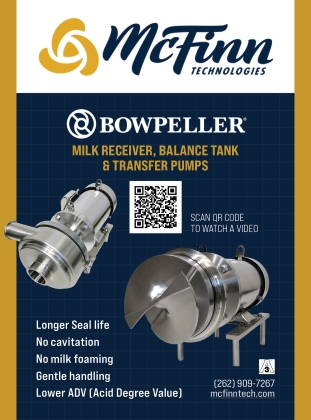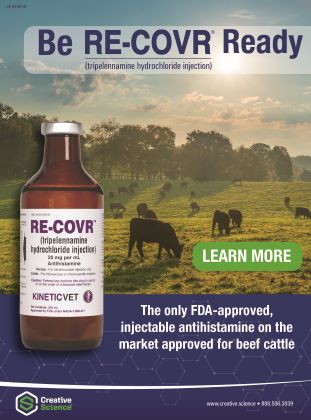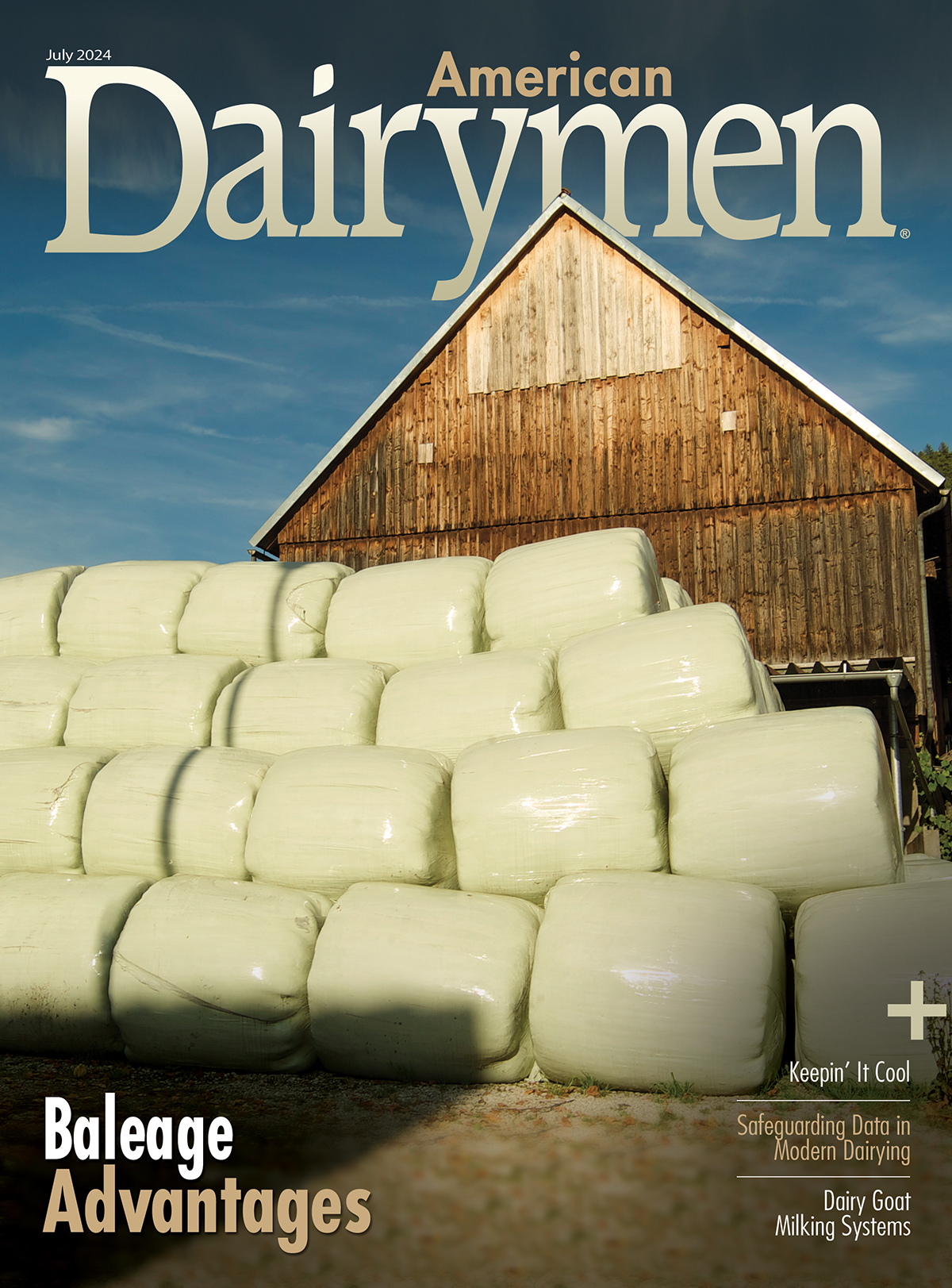Check Out Our Current Issue!
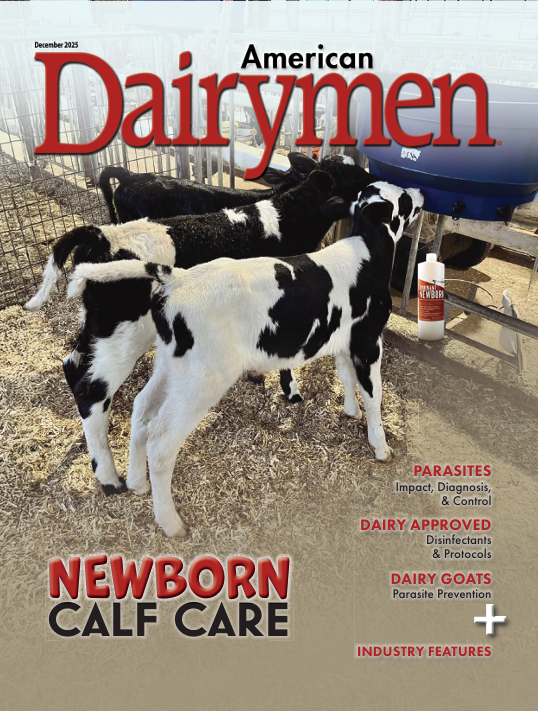
-
In this issue of the American Dairymen December 2025:
Click Here To View This Issue Now!

The Immunity Gap Bridged
The Immunity Gap Bridged Arkion Life Sciences introduces New Test to Measure the Antibodies in Early Calf Nutrition Products Arkion Life Sciences will introduce the dairy industry’s first analytic test that reveals the presence and relative amounts of antibodies in early calf nutrition products, such as colostrum, colostrum replacer, milk, and milk replacer. The IgScan™ […]
READ MORE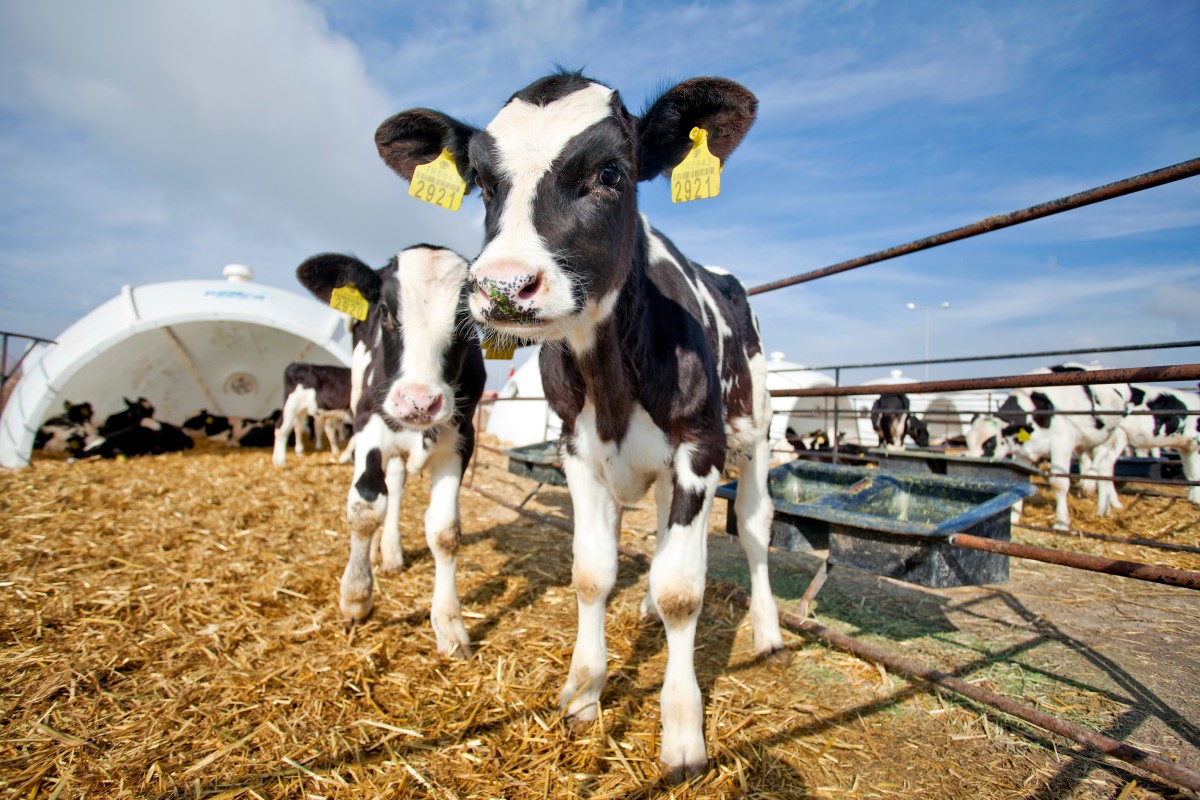
Strategies to Combat Calf Scours
Strategies to Combat Calf Scours Calf scours is the single most significant health threat to a calf in its first month of life, and it represents a direct correlation to your on-farm profits. For this reason, getting calves off to a healthy start should be a high priority during the upcoming calving season. Scours pose […]
READ MORE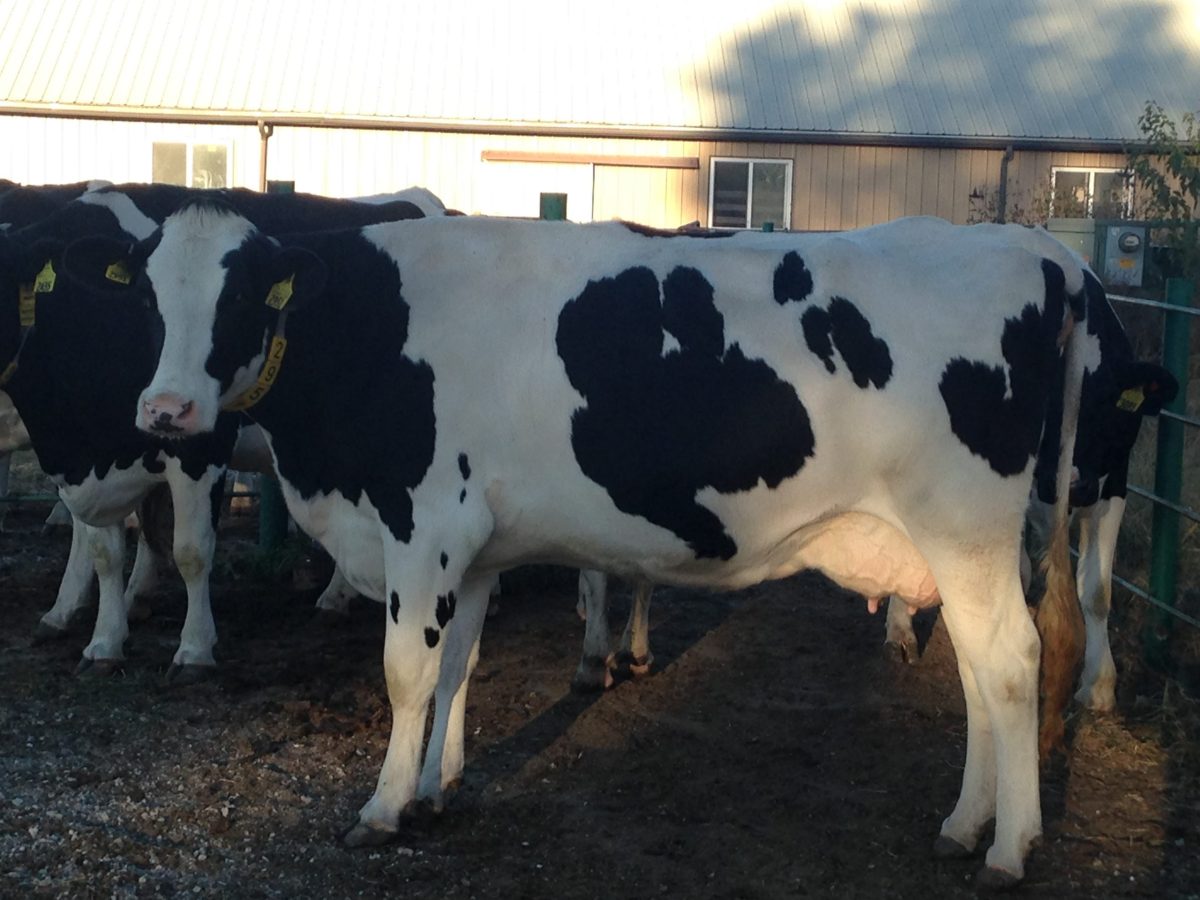
Importance of Genetic Selection in Dairy
Importance of Genetic Selection in Dairy Cattle Genetic selection and genomic testing in dairy cattle has greatly improved the milk production in cows, along with improved health, fertility, calving ease and other important traits. Genomics involves collecting DNA samples from animals to identify desirable traits and predict the animals’ genetic potential, which can help producers […]
READ MORE
A Review of AI Protocols
A Review of AI Protocols, Synchronization and Best Practices Of all the innovations that have helped shape the landscape of dairy farming into what it is today, artificial insemination (AI) is arguably among the single most influential vehicles to accelerate genetic progress. As one of the earliest animal industries to embrace this breeding mechanism, dairy […]
READ MOREFeatured Story
Regenerative Agriculture on a Dairy Farm
Paul and Erin Kernaleguen are dairy farmers and soil consultants near Birch Hills, Saskatchewan, committed to regenerative practices in growing forage for their cattle. They farm with Paul’s Parents, Jos and Brenda.
“We were a very conventional dairy operation until 2012 when we started looking at doing some things differently because our weather was super-wet for a couple years. Our average annual precipitation is about 12 inches of moisture, but we’d had two years in a row with about 40 to 50 inches, which made farming extremely difficult!” says Paul.
Twin Rivers Media
Publisher of American Cattlemen and American Dairymen magazines. Founded over 30 years ago, Twin Rivers Media serves the information and marketing needs of America’s beef and dairy producers.
In addition to our industry leading print magazines, Twin Rivers Media is a comprehensive multi-media communications company reaching producers and suppliers across all media channels.





